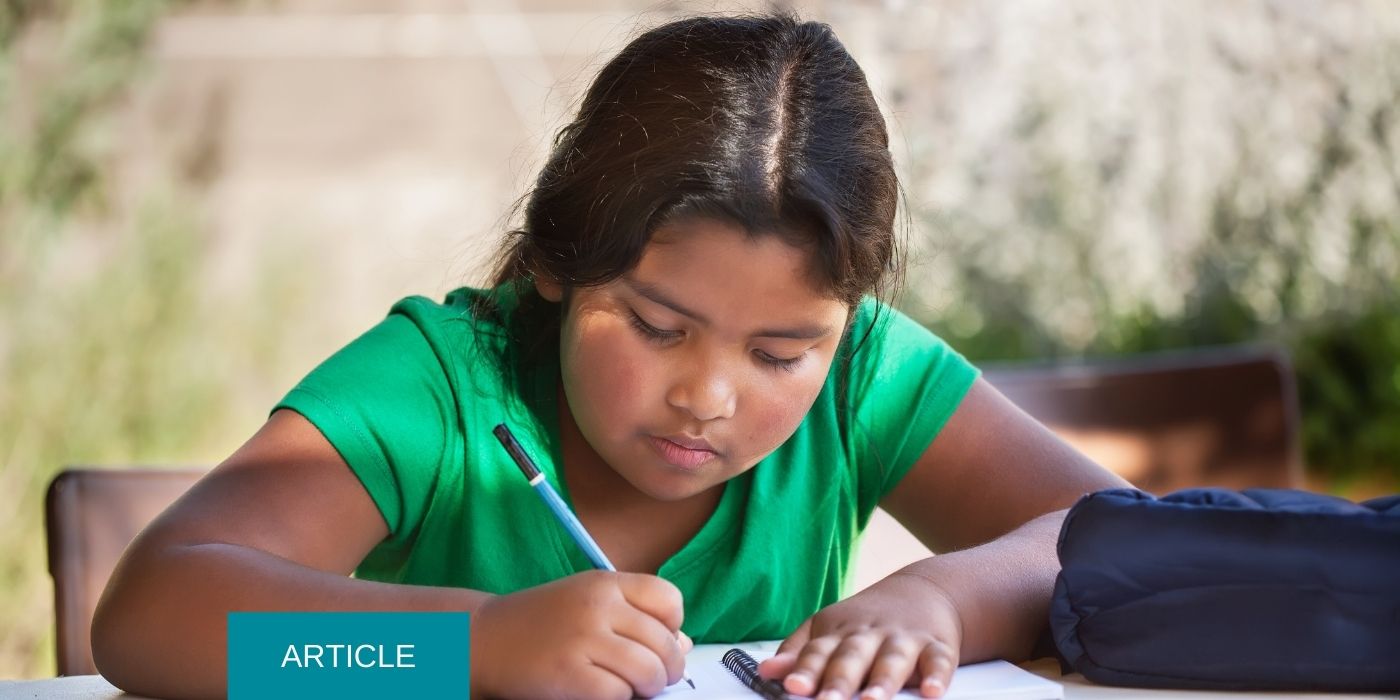
In last week’s episode of the Ethical Schools podcast, I highlighted some of the substantial challenges facing the American public education system, namely the glaring disconnect between who the system was intended to serve, and the demographics of students who are in American classrooms today. Systemic overhaul is necessary, and long overdue. This need for change is not exclusively related to the influx of immigrant students that I mentioned during the episode; public schools have long been paradoxically marginalizing and disempowering spaces for students of color.
However, while these challenges cannot be underestimated, change is not a zero-sum game. Improvement is not all or nothing. Many educators, including teachers and school helping professionals, believe strongly in the need for change; they are undoubtedly the right leaders to initiate crucially important change at the building level. With this in mind, I offer some concrete, implementable strategies to make schools more inclusive, equitable, and just, particularly for immigrant students and students of color.
- School planning processes should be reflective of the communities they serve. Diverse voices should be represented, and barriers to their participation in these planning processes should be considered and removed. For example, is translation offered if needed? Are meetings held when community members and stakeholders are able to attend? Remember, all schools are diverse, and such stakeholder perspectives are integral to the creation of policies that do what they’re designed to do.
- Research continues to cement the idea that for immigrant students, a strong and celebrated connection to ethnic identity of origin is protective across so many domains, and ultimately promotes academic motivation and achievement, self-esteem, psychological well-being, and even physical health. So how can schools be active nurturers of these identities?
Several years ago, I worked with a school district with a large Central American immigrant population. After my presentation, I asked teachers and staff what they did to make immigrant students feel comfortable in the classroom. One teacher volunteered that she never spoke Spanish to immigrant students, even though she was a fluent Spanish-speaker. She explained that she didn’t want the students to feel “different.” But the reality is, children – adolescents in particular – are very, very perceptive. They know they are different. Being different does not have to mean feeling “othered.” So please, speak Spanish. Celebrate your students’ bilingualism, as it will ultimately facilitate future academic achievement. Conceptualize differences as cultural wealth. Perhaps you SIFE student is a limited reader, but has a repository of knowledge about a unique trade. Cultural wealth enriches our classrooms, and when we acknowledge it, we strengthen self-esteem. When we celebrate it, we send a clear and powerful message that our students’ ethnic identities of origin belong in our classroom, and in our society.
- Related, the current conceptualization of academic achievement must be re-tooled. The public education system’s myopic view of achievement as demonstrated through one-size-fits-all standardized testing and grounded in hegemonic White-centric curricula is not only antiquated, but also actively harmful to an increasingly diverse student populace. By replacing this idea of achievement with a more holistic understanding, in which academic outcome markers are accompanied by characteristics such as cultural wealth, language abilities (speaking a language other than English), lived experiences, resilience, adaptability, etc., we actively acknowledge the unique potential of each student.
- Schools are a central component of the acculturative journey for immigrant students. We know that one of the most beneficial by-products of attending school for immigrant students is interacting with native-born peers. These interactions, when positive, allow immigrant students the opportunity to learn about cultural norms and to practice English in a developmentally appropriate context. But when immigrant students are placed in self-contained immersion programs, these mixed-group interactions are minimal at best, and the process of developing a bicultural identity is stymied.
- Interprofessional collaboration is key! As I mentioned in the podcast episode, school social workers regularly point to collaboration with teachers and administrators as the most important driver of successful school social work practice (read: student mental health and well-being). Unfortunately, though, such collaboration is often under prioritized: school days are hectic, caseloads are huge, administrators are swamped, crises are frequent, and decision-making processes often become reactive by default. But social workers, teachers and administrators all hold unique and specialized knowledge about the populations they serve; therefore, school policymakers must deliberately seek and incorporate this crucial knowledge if they wish to be truly effective and responsive.
- Related to the idea of cultural humility: it’s ok to not know what you don’t know. Cultural humility is a dynamic, fluid process of critical self-reflection. What is the population or populations you serve in your classroom/school/clinician’s office? Where do they fall in the societal pecking order? Are they in positions of power? Marginalized? How does your own identity intersect with theirs? What types of cultural wealth to they bring to the classroom? Are there ways you can deepen your understanding of these cultures/lived experiences/ etc.? Some ideas about how to do this: ask questions. Attend cultural events. Read diverse voices. Step into the role of a learner and most importantly, a listener. Reflect, reflect, reflect.

Stephanie Carnes is a social worker with expertise in trauma treatment and culturally competent practice. She has provided individual therapy in both Spanish and English in a large public high school setting and has worked as the Lead Clinician in a federally-funded shelter program for unaccompanied children from Central America. She is the founder of Create Cultural Competence, LLC, a New York-based educational consultancy that helps school districts and community agencies develop a nuanced understanding of the student and client populations they serve, particularly recent immigrants. In addition to a Master’s degree in clinical social work, Stephanie holds a Master’s of Law degree in International Human Rights Law. The views and opinions expressed in this article are the author’s own.
Stephanie Carnes can be reached at scarnes@albany.edu or via her website, www.createculturalcompetence.com.
Podcast episodes with Stephanie Carnes
Malign neglect: Schools systems fail immigrant students
Stephanie Carnes on post-traumatic growth and resilience: Cultural competence and creating safe environments for Central American immigrant children in today’s U.S.
Article by Stephanie Carnes
